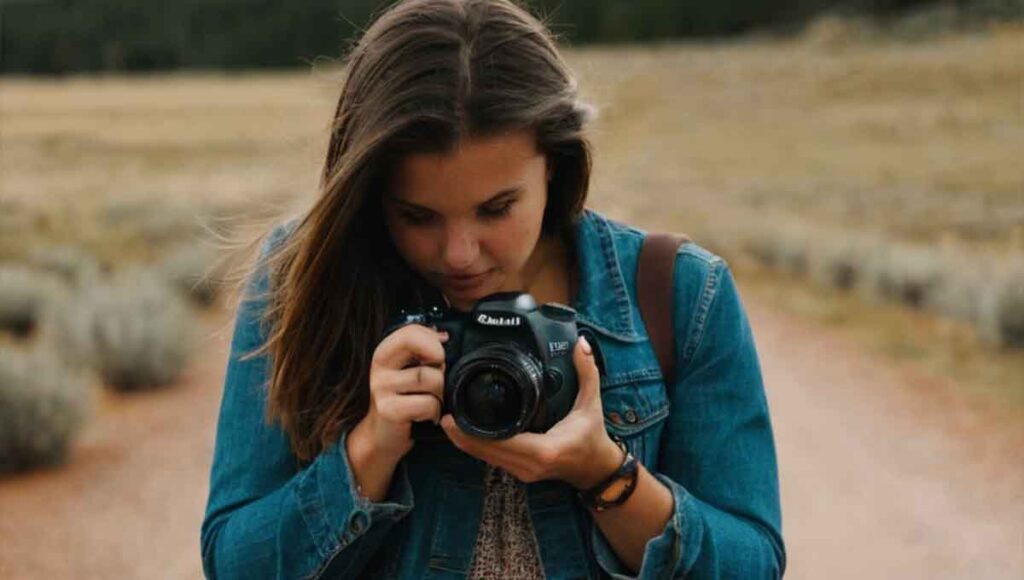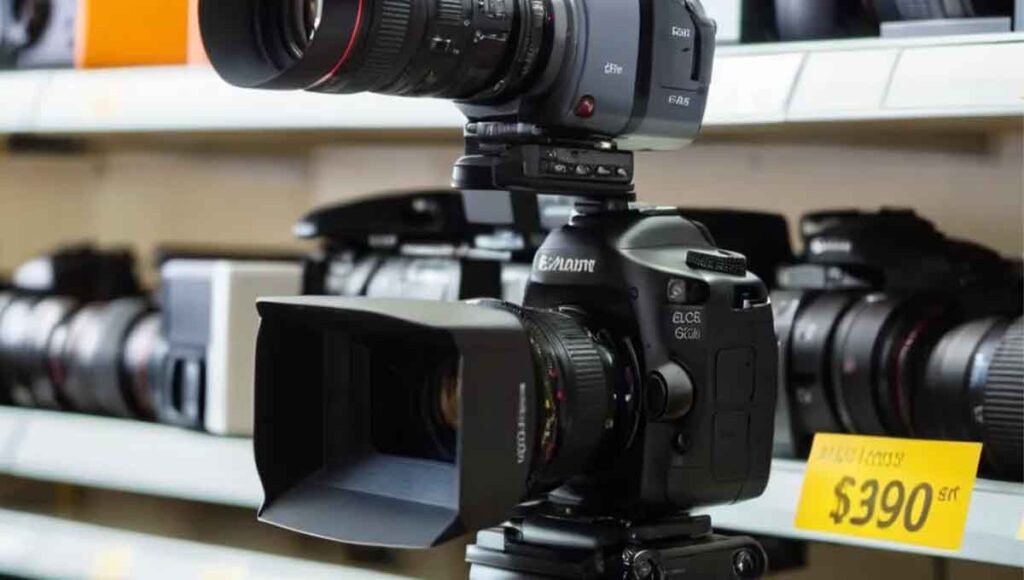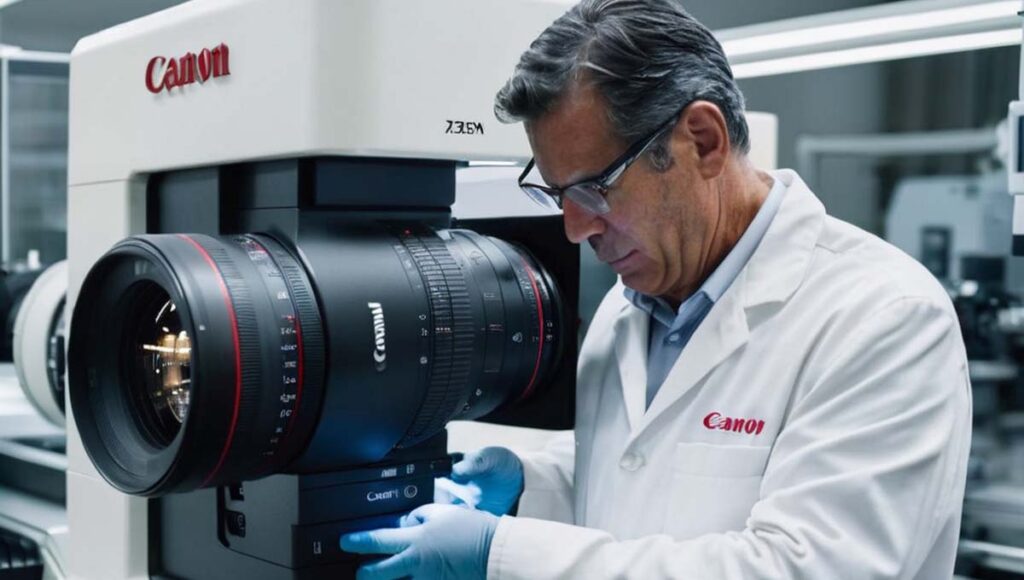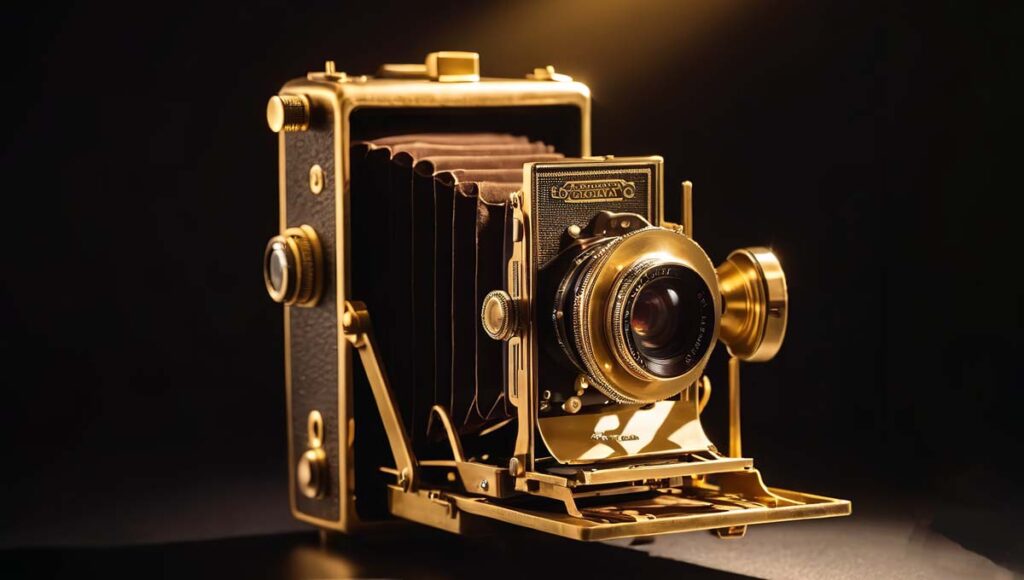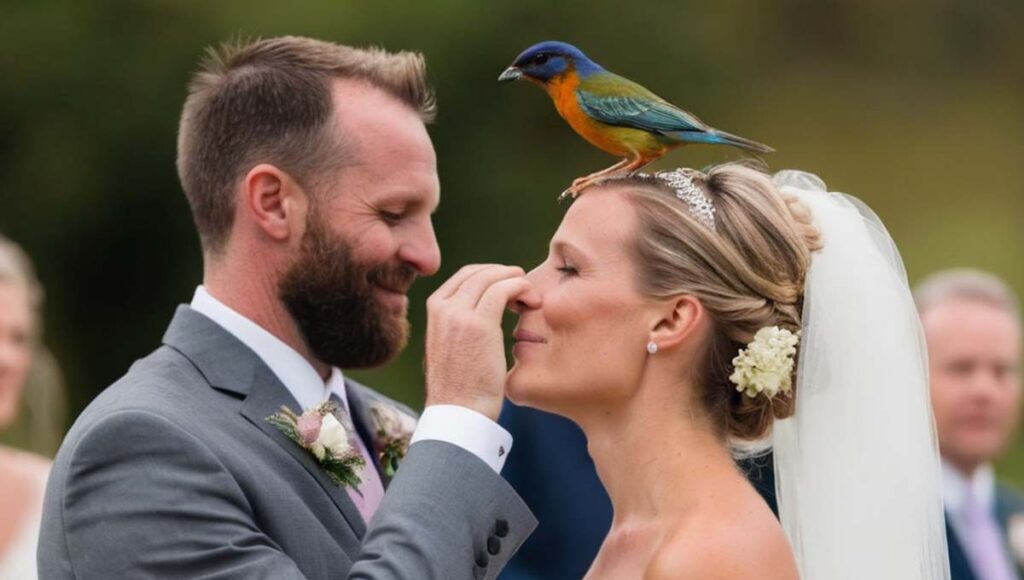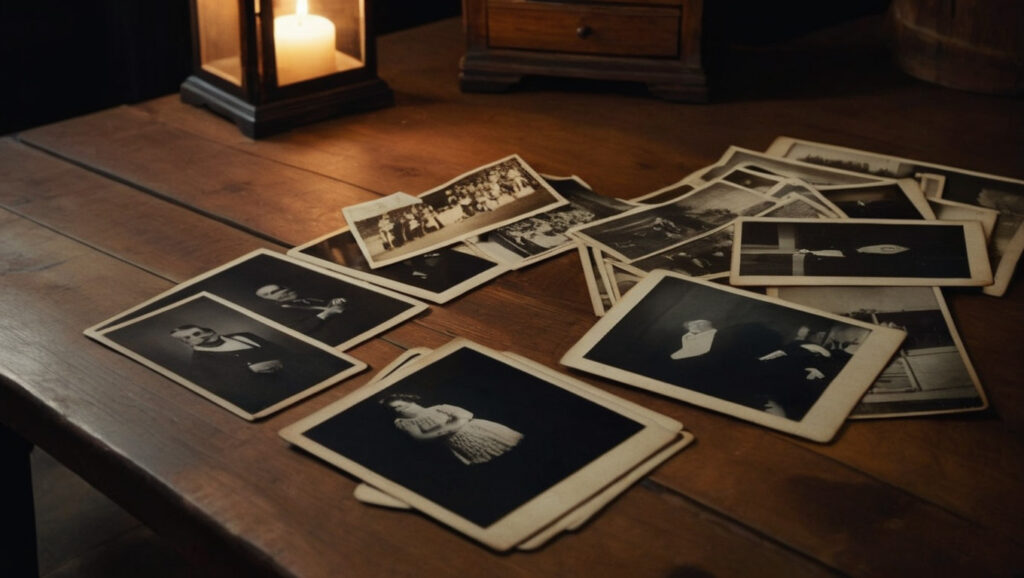Infrared Reimaginings: Seeing the Unseen in Landscapes, Portraits, and Everyday Objects
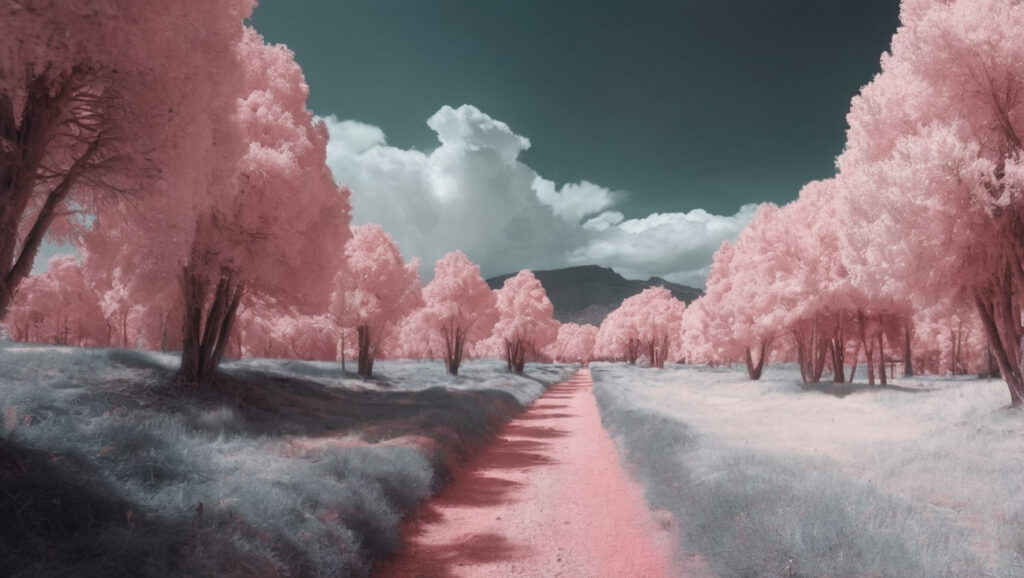
Imagine a world where foliage bursts into ethereal white, skies bleed into vibrant pinks and purples, and ordinary objects take on an otherworldly glow. This isn’t a science fiction film; it’s the captivating realm of infrared photography, a technique that transcends the visible spectrum, revealing a hidden language of light unseen by the human eye.
For photographers seeking to push boundaries and explore the unseen, infrared photography offers a unique and powerful tool. It’s not just about capturing different colors; it’s about transforming familiar scenes into something entirely new, inviting viewers to see the world through a fresh lens.
Beyond the Visible: Unveiling the Infrared Spectrum
The human eye perceives a limited range of light, known as the visible spectrum. But beyond the red end of this spectrum lies a vast expanse of invisible light, including infrared radiation. Infrared photography captures this invisible light, translating it into visible colors through filters, specialized cameras, or post-processing techniques.
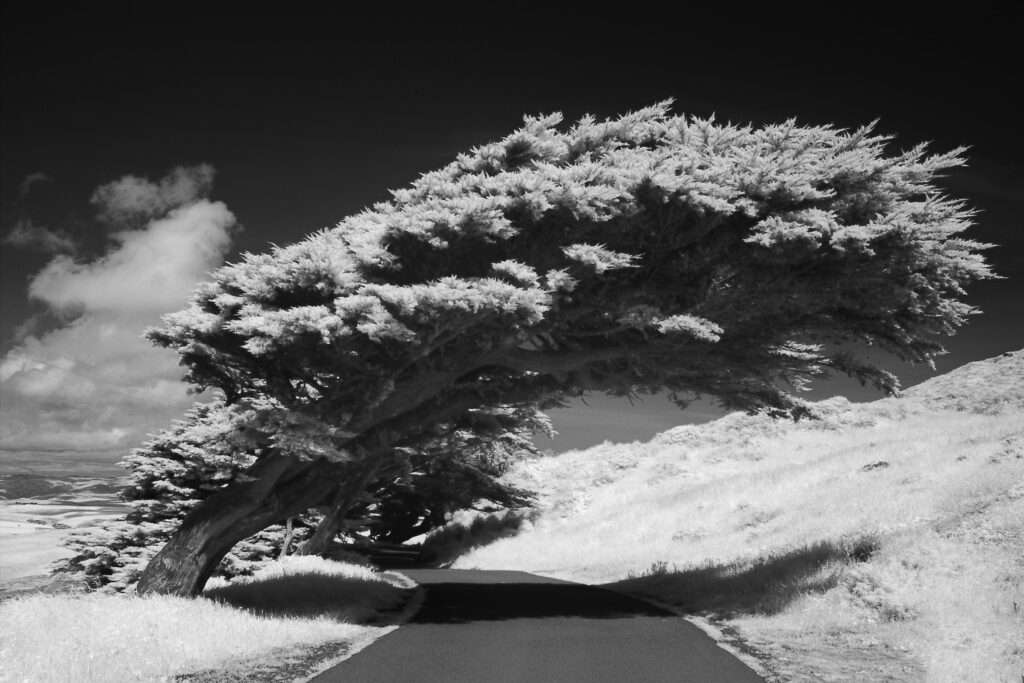
The results are often mesmerizing. Lush green landscapes bathed in white light take on an ethereal quality, while vibrant skies transform into a kaleidoscope of pinks, purples, and oranges. Skin tones become smooth and almost porcelain-like, and everyday objects like leaves, flowers, and even buildings reveal hidden textures and details invisible to the naked eye.
A Photographer’s Playground: Exploring the Creative Possibilities
Infrared photography isn’t just about capturing fantastical colors; it’s about harnessing its unique properties to create evocative images. The high contrast between light and dark areas creates a dramatic effect, while the ability to capture details invisible to the eye adds depth and mystery to the scene.
Landscapes Transformed:
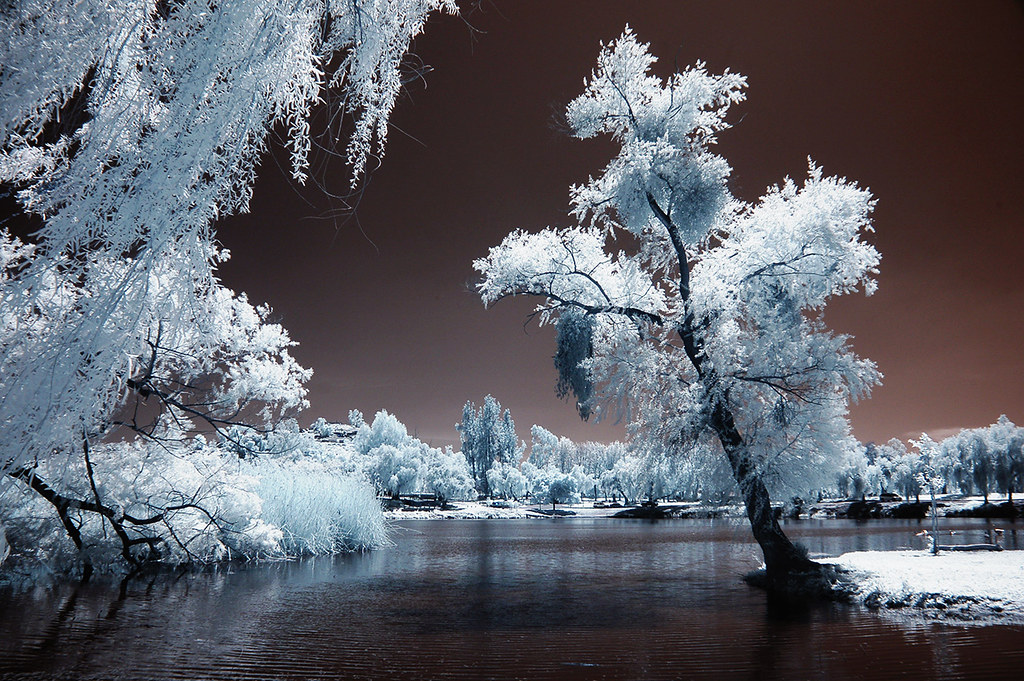
Imagine a forest where leaves shimmer like snowdrifts, contrasting against the deep blue sky. Or a coastline where crashing waves appear frozen in time, their white foam cascading against the dark, dramatic rocks. Infrared landscapes transport you to a world of forgotten dreams, where the familiar becomes fantastical.
Portraits Unmasked:
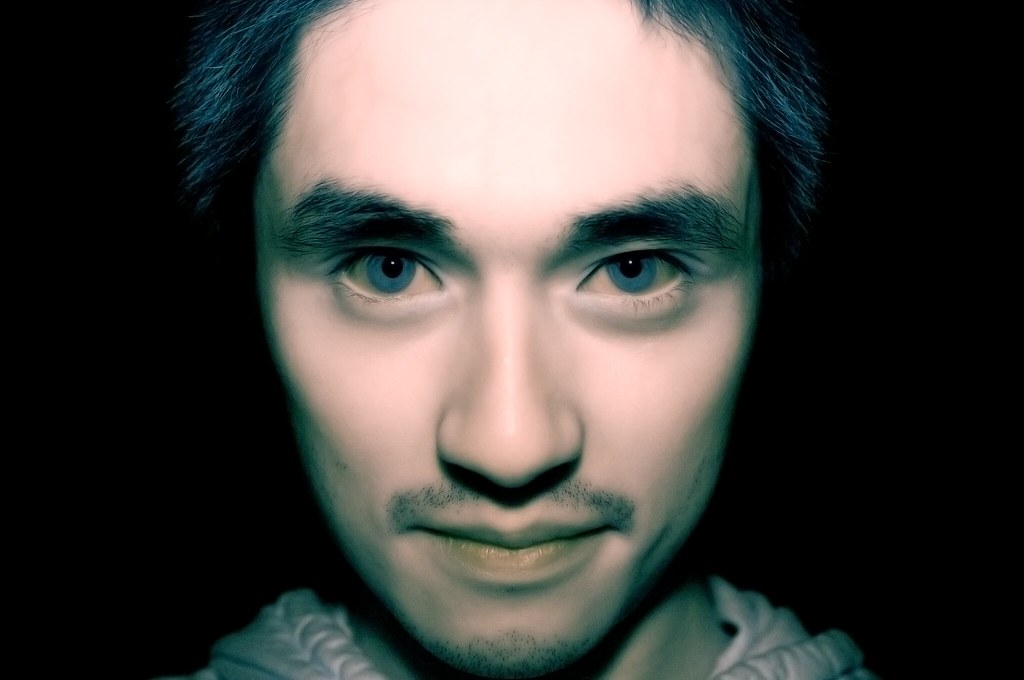
Infrared light penetrates deeper into the skin, revealing a smooth, almost flawless texture. This can be used to create ethereal portraits with timeless beauty or to emphasize the subject’s vulnerability and raw emotion. By playing with different filters and processing techniques, you can achieve various effects, from the dreamy to the dramatic.
Everyday Objects Reimagined:
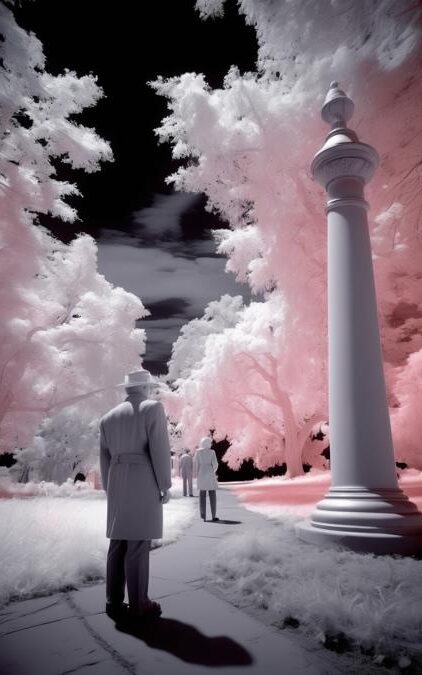
The mundane becomes extraordinary under the infrared gaze. A simple leaf becomes a network of intricate veins, a rusty nail a sculptural masterpiece. By focusing on the textures and details often overlooked, you invite viewers to appreciate the hidden beauty in the ordinary.
Technical Considerations: Embracing the Challenge
While the creative possibilities are endless, infrared photography requires a different approach compared to traditional photography. Understanding the technical aspects is crucial for achieving the desired results.
Filters play a key role, blocking visible light and allowing only infrared wavelengths to reach the camera sensor. Different filters produce different effects, so experimentation is key. Additionally, long exposures are often necessary due to the lower sensitivity of cameras to infrared light, requiring the use of a tripod for sharp images.
Finally, post-processing plays a vital role in manipulating the captured infrared data and translating it into visually compelling images. Photoshop allows you to adjust colors, contrast, and other settings to achieve the desired effect.
What are the best cameras for infrared photography?
Determining the “best” camera for infrared photography depends on various factors, including your budget, experience level, and desired outcomes. However, some top contenders across different categories consistently impress users:
Best Full-Frame Mirrorless Cameras:
- Sony a7R IV/Sony a7 IV: Boasting high-resolution full-frame sensors, excellent low-light performance, and extensive customization options, these cameras excel at capturing detailed infrared images. They cater to both beginners and experienced photographers.
- Fujifilm GFX 50S II: This medium format powerhouse features a massive sensor for stunningly detailed images with incredible dynamic range. Weather-sealed and built for harsh conditions, it’s perfect for outdoor enthusiasts.
- Canon EOS R6 Mark II: This full-frame marvel offers exceptional image quality, fast autofocus, and a plethora of features, making it versatile for infrared endeavors.
- Nikon Z9: This high-end offering boasts a stacked full-frame sensor for incredibly fast burst speeds and blackout-free viewing. Ideal for professionals, it delivers top-notch image quality and advanced features.
Best Point-and-Shoot Cameras:
- Sony RX100 VII: This compact powerhouse packs a punch with its 1-inch sensor and versatile zoom lens, making it great for travel photography. It’s user-friendly and portable.
- Canon PowerShot G7 X Mark III: Offering a good balance of image quality, features, and portability, this point-and-shoot is budget-friendly for beginners.
- Ricoh GR IIIx: This APS-C sensor gem delivers excellent image quality in a compact body, weather-sealed for outdoor adventures.
Budget-Friendly Options:
- Olympus OM-D E-M10 Mark IV: This micro four-thirds camera offers good value for its image quality and features. Compact and portable, it’s well-suited for travel photography.
- Canon EOS M50 Mark II: Ideal for beginners, this entry-level mirrorless camera provides good image quality at an affordable price and is user-friendly.
- Sony a6100: This APS-C sensor camera strikes a good balance between image quality, features, and affordability. Relatively compact and portable, it’s great for travel photography.
Converted Cameras:
- Full-frame DSLRs: Many older full-frame DSLRs can be converted to infrared with impressive results, offering excellent image quality and low-light performance at a reasonable price.
- Point-and-shoot cameras: Some point-and-shoot cameras can also be converted, providing a budget-friendly option for beginners to experiment with infrared photography.
How to take infrared photos with your camera
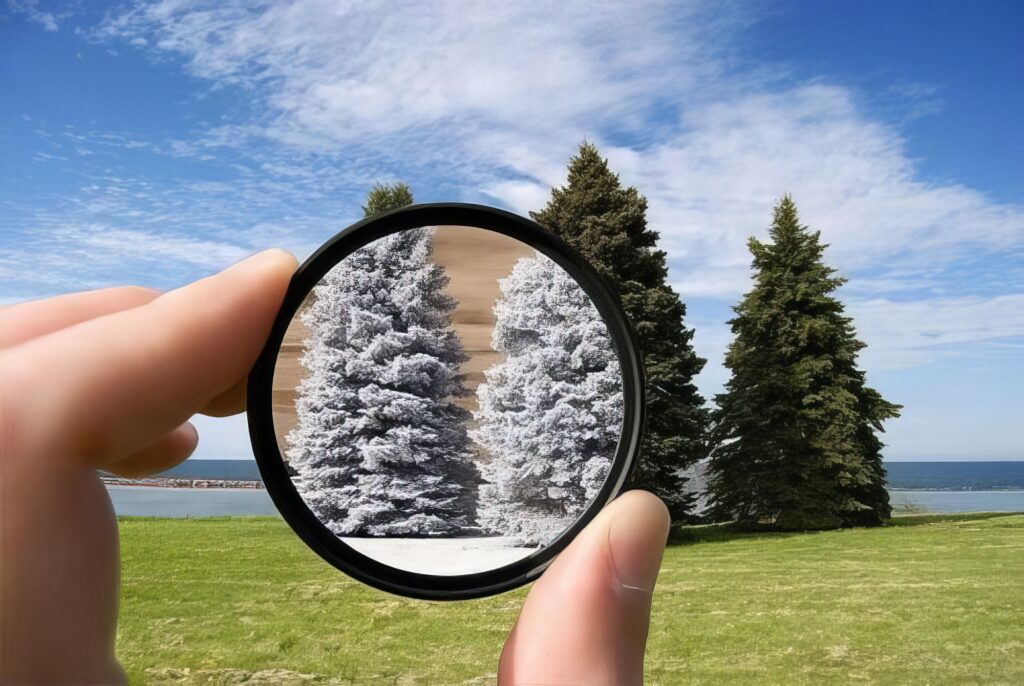
In that case, you should know about infrared filters that allow only infrared light to get into your camera sensor. These filters typically come in two main types:
1. Blocking Filters:
- These filters completely block visible light and only allow infrared wavelengths to pass through.
- Common types include IR720, IR850, and IR950, with numbers indicating the approximate cutoff wavelength for visible light.
- They are ideal for capturing pure infrared images with strong effects and minimal color bleed.
- However, due to blocking all visible light, they require longer shutter speeds and careful exposure metering.
2. Hot Spot Reduction Filters:
- These filters allow some visible light to pass through alongside infrared wavelengths.
- They help reduce the “hot spot” phenomenon, a bright central area that can occur in converted cameras due to sensor sensitivity variations.
- Popular options include the Hoya R72 and Heliopan R72, offering a balance between IR transmission and hot spot reduction.
- They offer faster shutter speeds compared to blocking filters but may have slightly less pronounced infrared effects.
Additional factors to consider:
- Camera compatibility: Make sure the filter size matches your camera lens thread diameter.
- Filter material: Glass filters offer better image quality but are heavier and more expensive. Plastic filters are lighter and cheaper but might show slight color casts.
- Focus issues: Some converted cameras may struggle to autofocus with an infrared filter, requiring manual focusing.
Alternatives to dedicated filters:
- Gel filters: Colored gel filters, particularly red or black, can block visible light to varying degrees. However, they are less precise and may introduce unwanted color casts.
- Software conversion: While not ideal for pure infrared, post-processing software can sometimes be used to convert regular photos to an infrared-like look.
Ultimately, the best-infrared filter for you depends on your specific camera, desired outcomes, and budget. Researching various options and considering your photography goals will help you make an informed choice.
Beyond the Technique: A Journey of Artistic Expression
Infrared photography is more than just a technical exercise; it’s a journey of artistic exploration. It invites you to slow down, observe the world around you with fresh eyes, and capture the unseen beauty that lies beneath the surface.
It’s a chance to experiment, to break free from conventional norms, and to create images that challenge viewers’ perceptions of reality. It’s a gateway to a world of hidden wonders, waiting to be discovered and shared with the world through your lens.
So, are you ready to embark on this journey into the unseen? Pick up your camera, embrace the challenge, and start reimagining the world through the unique language of infrared photography. You might just be surprised by the beauty you find.

